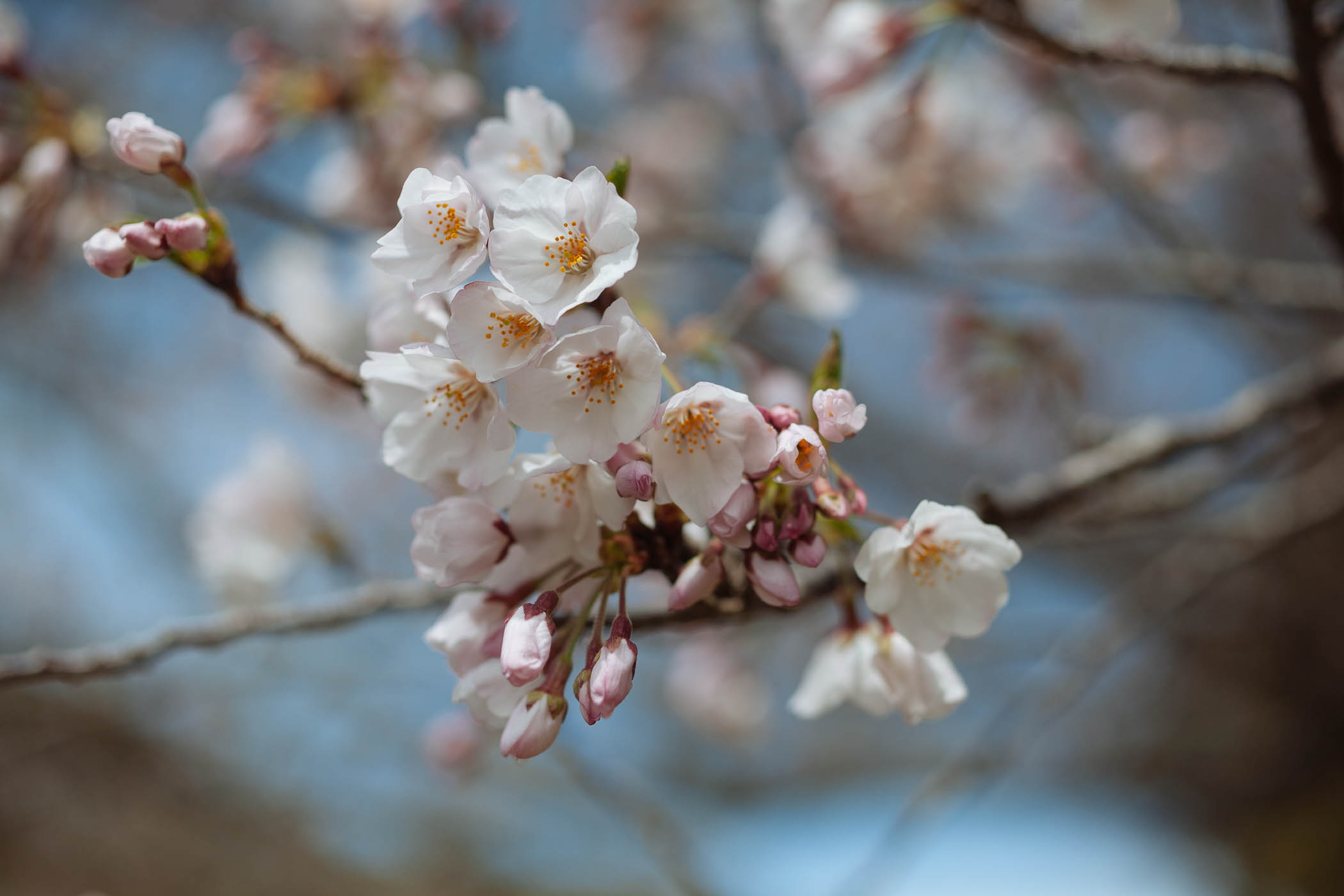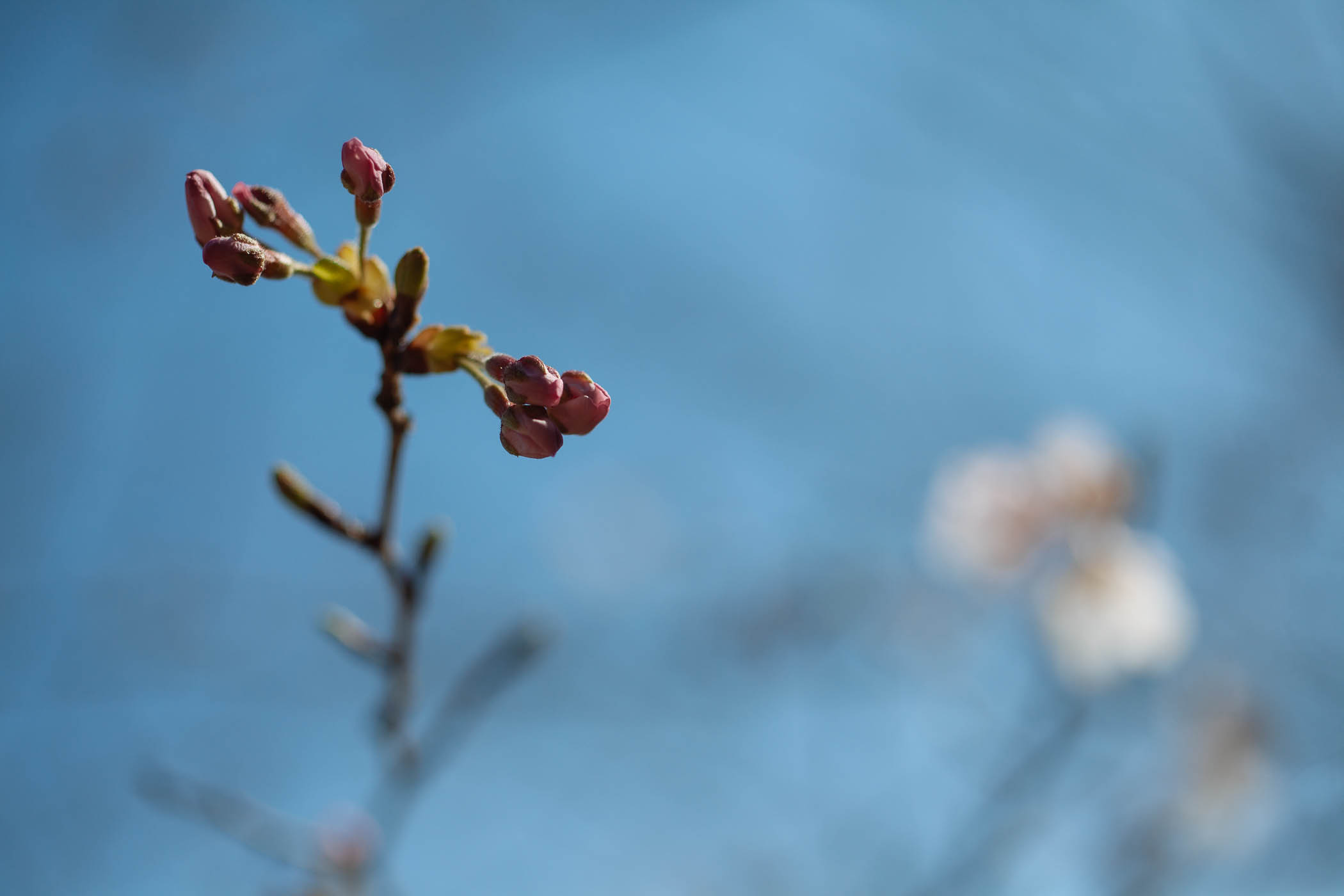Preserving cherry blossoms for garnish
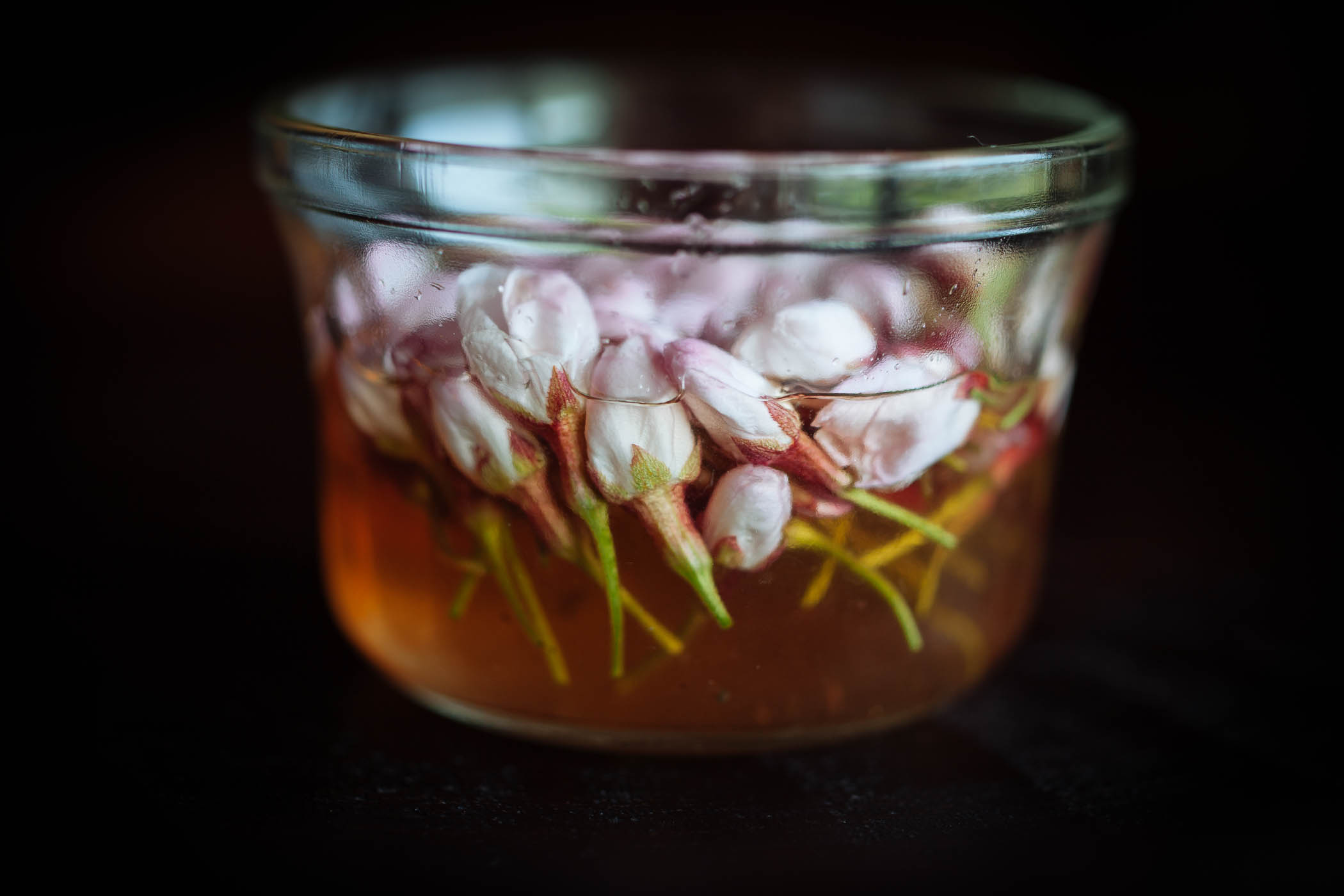
The sakura will bloom again next year. With these words the mayor of Tokyo urged people not to congregate in cherry blossom revelry under trees in parks over this past weekend. It was part of a plea to the residents of her city to stay home and avoid all non-essential outings and gatherings in response to a steadily rising number of recorded cases of coronavirus over the past week.
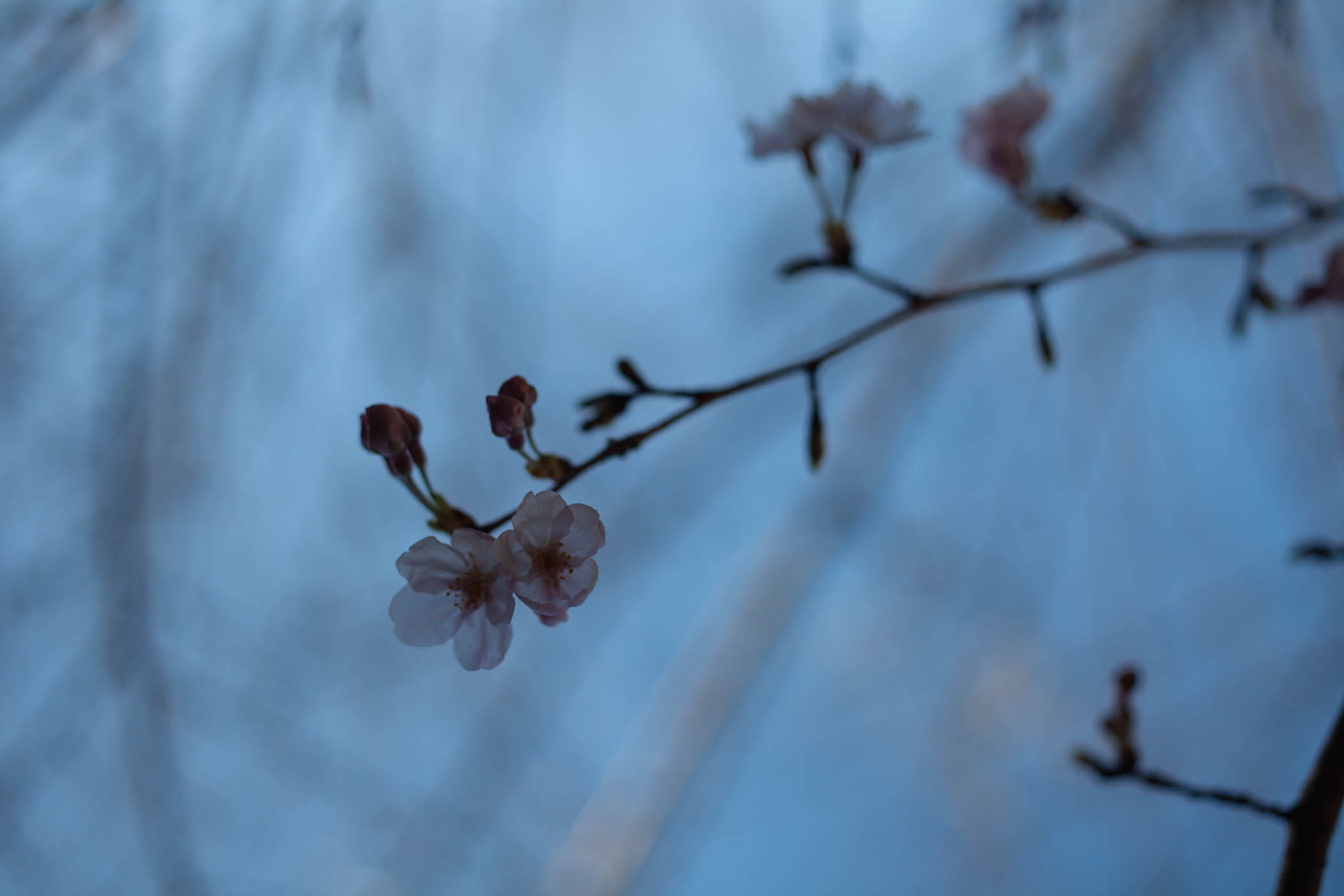
We are lucky in a time like this to be tucked away in our little home on the hill. We are surrounded by magnificent yama-zakura, wild mountain cherry trees that grow tall and wide. They highlight the hills in spring, their white cherry blossoms and green leaves emerging in tandem. Here in the countryside yama-zakura signify this season as much as the glorious pink blossoms that rain petals onto the heads of drunken revelers below. But we have a couple of those archetypal trees too.
In the early years, on days when I felt particularly far away from the familiar and out of place, I would plunge my hands into the soil to feel rooted to this new life. I set myself to taming the wild hill. I had free rein on the one condition that I not plant anything too Japanese. Hanako was averse to a saccharine side of her culture presented in the sentimental Japanese garden. She can’t abide aubergine maples and frilly double-petaled Yaezakura cherries.
I obliged at first, planting hydrangeas and fruit trees alongside kodemari and yukiyanagi, shrubs in the Spiraea family. But in the glorious foliage of the momiji I saw on my autumn jaunts into town I felt a link to my native Vermont, renowned for its blazing sugar maples in autumn, and I soon longed for one I could enjoy from home. Hanako resisted but I wore her down. For my birthday that year she and Kuniko gifted me with a Japanese maple tree planted outside the entrance to our house. Despite herself, she too came to adore its electric green leaves in spring that turn fiery red in autumn.
It quickly became clear that it would take a herculean effort just to keep our hillside this side of wild. And no matter what we planted our garden would never come close to an overwrought traditional one. So a couple of years later I campaigned for cherry trees. With Kuniko’s endorsement two young Yoshino, the common sakura with simple five petal blossoms in the palest pink, joined the eucalyptus, nashi pear, and persimmon on a triangle of land between our house and the studio.
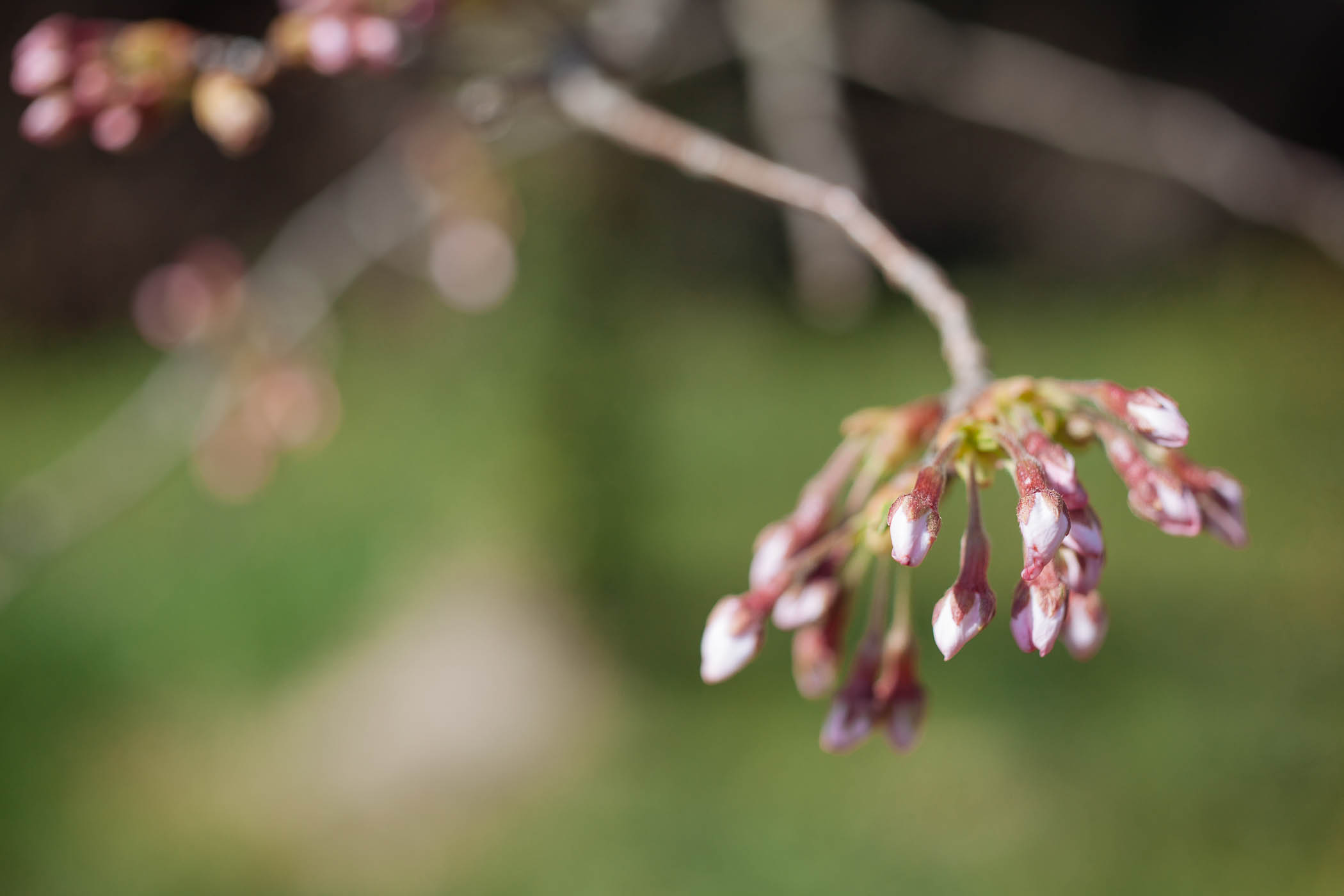
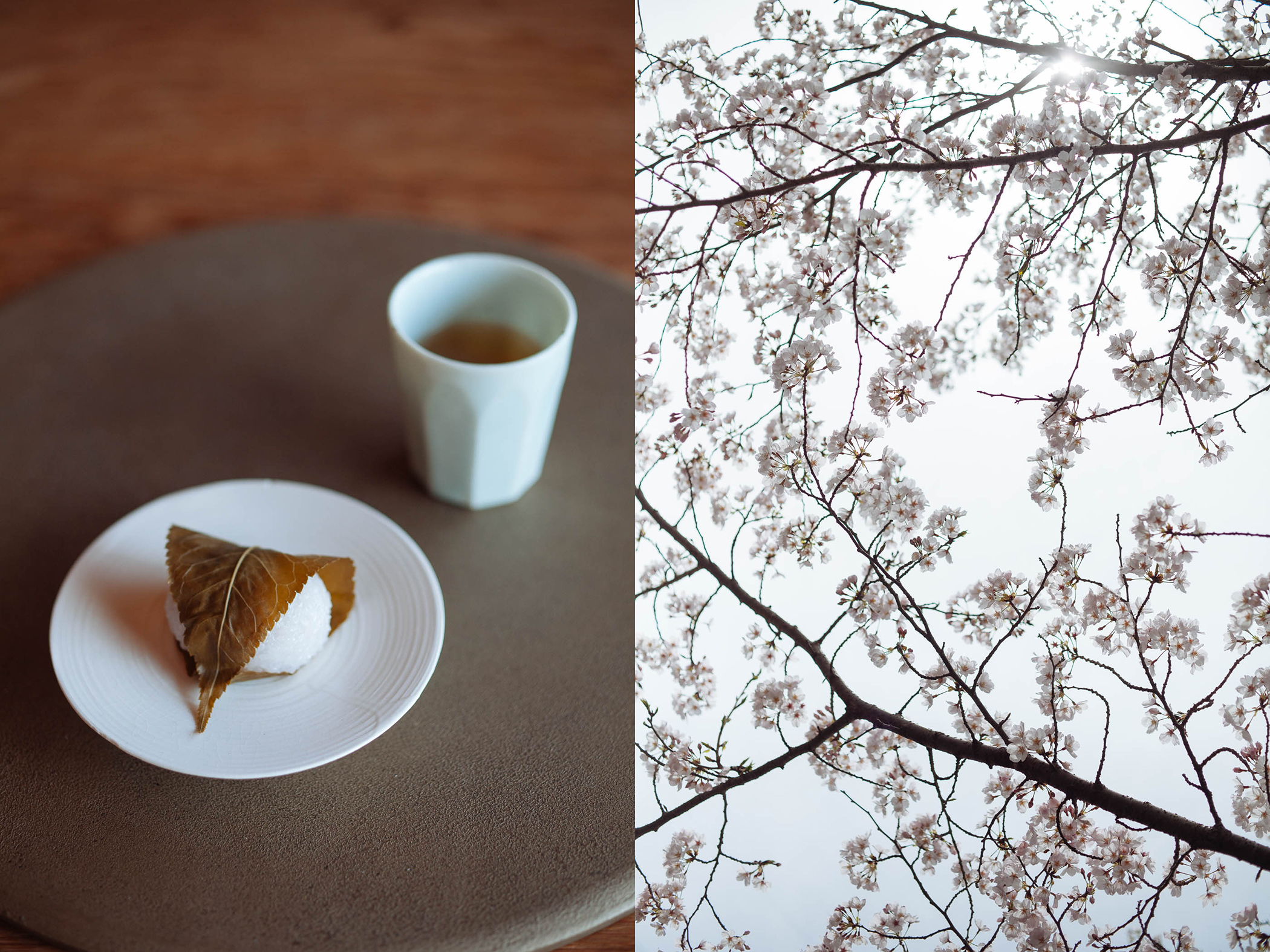
Sakura are one of the most potent and widely broadcast symbols of Japan. Those who have never even thought to visit this island archipelago know of the famed cherry blossoms. They are part of a larger mythos about Japan that captivates people’s imagination. I have met many a visitor to Japan who seems as though they are finally realizing a long anticipated pilgrimage. Be it sakura, gardens, architecture, food, or hospitality, many arrive well-read and well-versed in noted areas of the culture and travel here to witness firsthand the things they’ve come to adore through words and images. It strikes me because it’s so different from my story.
I had seen little and read nothing before moving to Japan. Outside of getting to know my partner, I hadn’t given Japan much thought before boarding the plane. Though it may have left me a bit ill prepared, in retrospect I’m grateful to have landed here without preconceptions and expectations. I’ve met many a traveler trained on one idea of Japan which renders them blind to take in the unexpected. I’m grateful for the unmediated experiences through which I’ve drawn a rounded and very personal understanding of Japan.
The abundant and notoriously fleeting beauty of smooth, steel-gray barked cherry trees dressed in ruffled pink coats is a quintessential emblem of Japan. It’s hard not to get wrapped up in the zeal of the season. It’s tough but necessary to request that people stay home this year, to let the season go by uncelebrated in the usual fashion. But the cherry trees will bloom again next year. And I take great comfort in knowing that nature’s cycles continue despite all kinds of disruptions.
Each year I preserve a few buds by soaking them in the umeboshi brine for a few days before drying them in the sun. Garnishing a savory chawanmushi custard with the salty, plum-laced crystalized buds allows us to extend this most cherished season even after all the petals have fallen. This year preserving cherry buds feels imbued with more sentimentality than ever as we are encouraged to distance ourselves from each other in this season of gathering.
